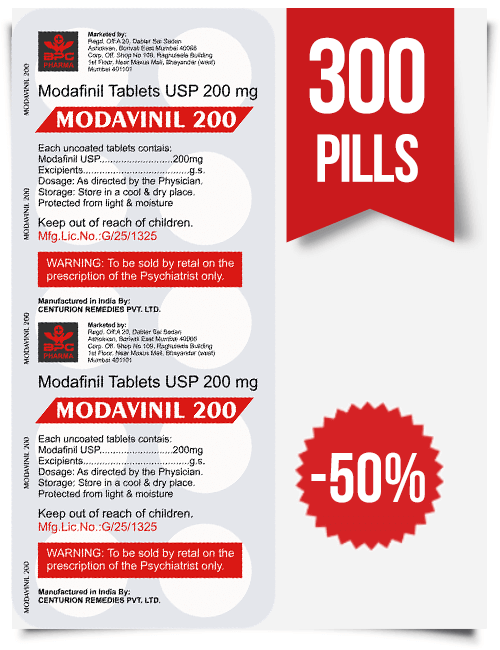Telemedicine: Leveraging the Digitized Health Culture
Should You Really Care?
Becoming just another buzzword in the mental health arena. Isn't it? But before you rashly conclude that telemedicine is a mere junk medical philosophy, you have to first remember that we are in a digital age and it's already the 21st century.
People want access to the most beneficial medical systems and facilities that allow them to stay healthy, conveniently and remotely, even if it means many thousands of dollars.
After all, the psychological theory that humans are more inclined to seek pleasure rather than pain, cannot be over-emphasized.
After all, the psychological theory that humans are more inclined to seek pleasure rather than pain, cannot be over-emphasized.
In the world of telemedicine or telehealth, things aren't different and this is exactly what the telehealth is designed to help you achieve without hassles.
Etymologically, the word 'tele' itself means 'remote' or 'far off' to make sense of 'medicine', diagnosis and treatment of patients.
Etymologically, the word 'tele' itself means 'remote' or 'far off' to make sense of 'medicine', diagnosis and treatment of patients.
Why? The practice usually reduces the cost of healthcare and increases efficiency through better management of chronic diseases, shared health professional staffing, reduced travel times, and fewer or shorter hospital stays.
Benefits of Telemedicine
Telemedicine is imbued with numerous advantages which are directly related to decreasing healthcare costs, making work-flow feasible for telemedical practitioners, and ultimately helping patients get healthier, considering their mental health and psychological wellbeing.
- More Convenient and Accessible Patient Care
According to the Cisco global survey, 74% of patients pick remote and effortless access to healthcare services over in-person interactions with healthcare providers.
Patients who live farther from hospital locations, or who are homebound or just can’t take off time from work can now use telemedicine to achieve the same goal.
Video conferencing, smartphone apps, and online management systems can virtually connect patients with companies than ever before. In healthcare, nothing beats convenience.
Video conferencing, smartphone apps, and online management systems can virtually connect patients with companies than ever before. In healthcare, nothing beats convenience.
- Healthcare Cost Savings
Remote analysis and monitoring services and digital information storage extensively reduce healthcare carrier costs, saving cash for medical professionals, their patients, and insurance companies.
Telemedicine additionally reduces useless non-urgent ER visits and eliminates transportation expenses for ordinary checkups.
Telemedicine additionally reduces useless non-urgent ER visits and eliminates transportation expenses for ordinary checkups.
Beyond these everyday cost-savings, telehealth can generate more income for doctors by income turning on-call hours into billable time, attracting new patients, reducing no-shows, and even lowering overhead for medical doctors who want flexible routine on-the-job.
- Extended Specialist and Referral
Telemedicine gives higher entry to extra specialists. You can refer your patients to the specific doctors they need, regardless of location. Or, if you’re a professional looking to get more clients, telemedicine can assist you to reach a wider geographic region.
- Increased Patient Engagement
When patients are committed to their own healthcare goals, it leads to lower expenses and accelerated health. According to Ernst &Young Senior Advisory Services Manager, Jan Oldenburg who advised Healthcare IT News,
The high cost of disengaged consumers affect everybody.
Engaging your patients through telemedicine can help them preserve appointments and care schedules. Increased engagement initiatives can also curb weight problems fees and tobacco use by assisting you to motivate your patients’ healthful lifestyle choices.
Not solely do digital visits reassure patients that their medical doctors are reachable and concerned about their care, it makes it lots less difficult for them to reach out with questions, document early warning signs, and make a follow-up appointment to make sure they’re on track.
- Better Patient Care Quality
Telemedicine adopts the patient-centred approaches, such as extended timeliness of care. This is integral to first-class patient care. Patients can address healthcare problems rapidly with real-time pressing care consultations and study about treatment selections within minutes.














Leave a Feedback